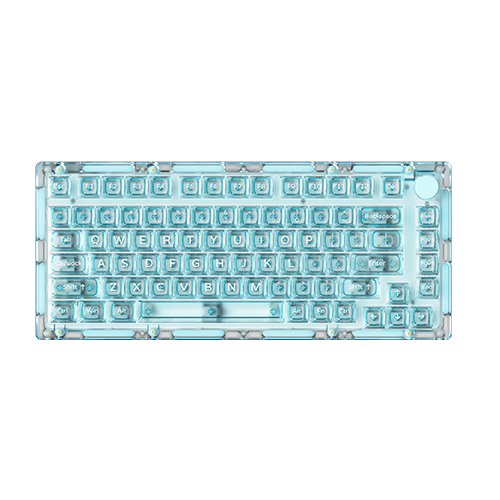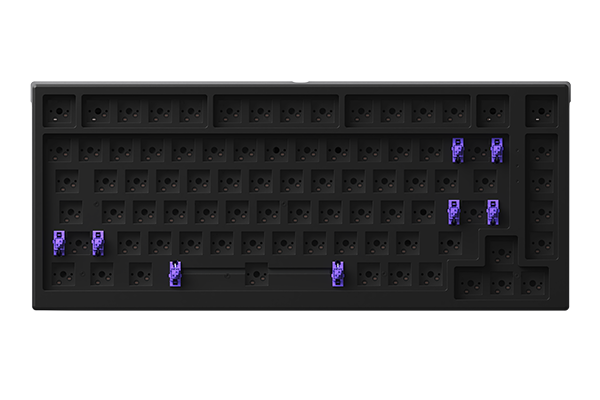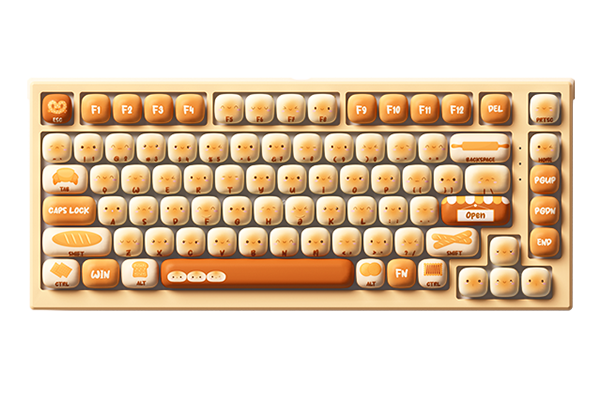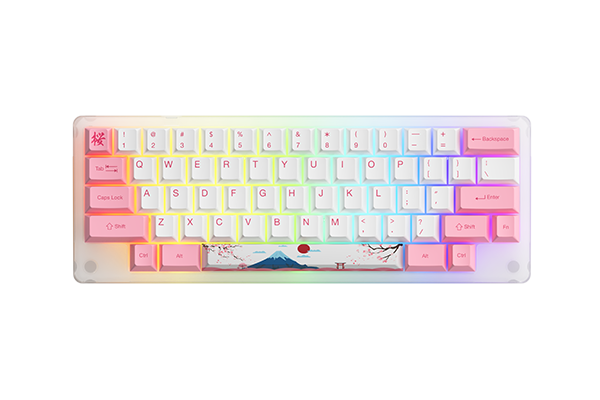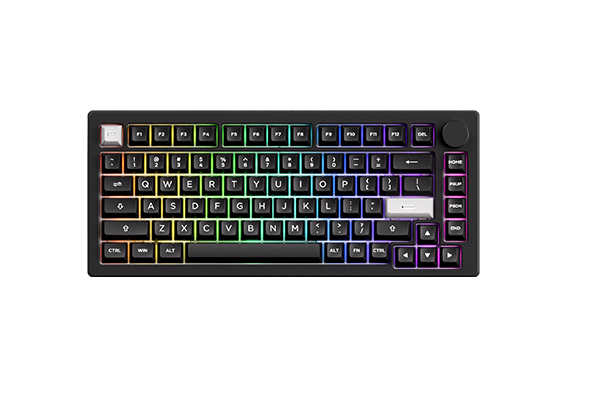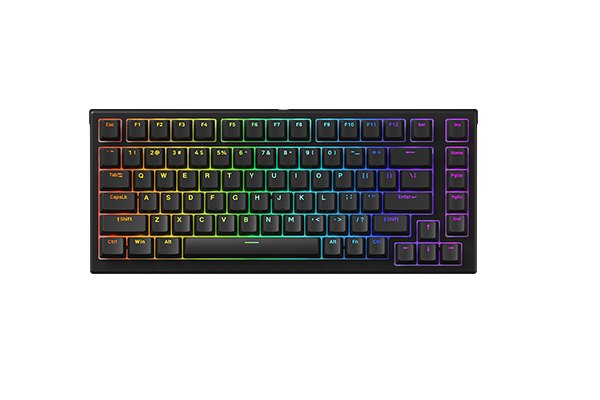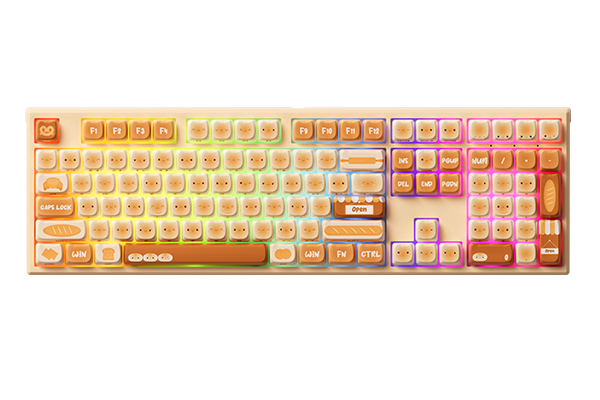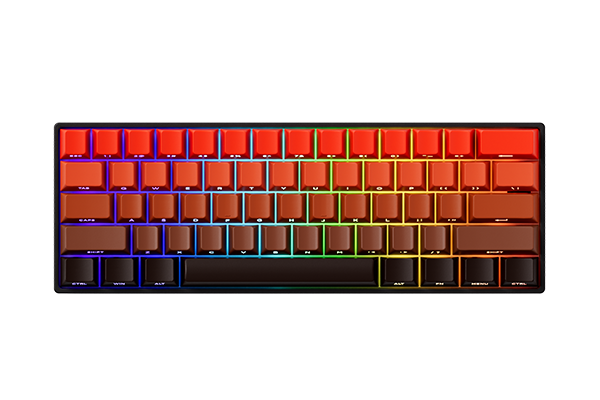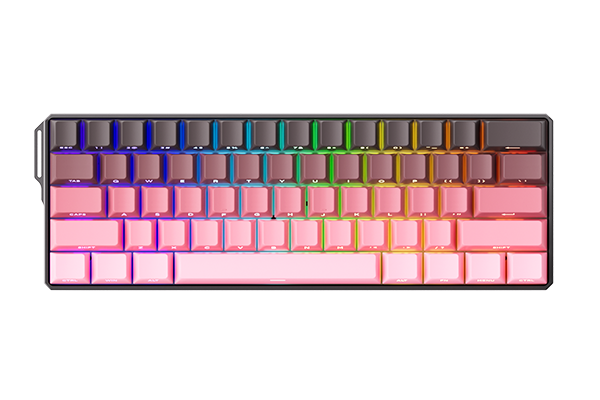The Evolution of LED Technology in Keyboards: The Newest ARGB
📅Jan 20 2025
LED lighting has significantly changed the mechanical keyboard landscape. What began as a simple feature has grown into a customizable and dynamic element that enhances both function and aesthetics.
Let’s explore the different stages in LED development.
1. Non-LED Keyboards: The Basics
Early mechanical keyboards were simple and functional, focusing on performance without any lighting. While practical and budget-friendly, they lacked backlighting, making them less ideal for typing or gaming in low-light conditions especially at night.
Worthy of mention, some users prefer to choose this series of keyboards for three reasons:
• Some enthusiasts believe LEDs affect the keyboard’s sound, so they prefer LED-free
• Others think LEDs are unnecessary and prefer no lighting for a minimalist look
• In some gaming scenarios, LEDs must be turned off during overclocking
2. Single White LED: Basic Illumination
The introduction of single white LED backlighting was a game-changer in the past, allowing keyboards to be used in low-light settings. While the lighting was limited to one color, it made typing easier in the dark and gave the keyboard a cleaner, more modern look.
My Melody 3108v3
3. Pre-set Rainbow LED Color: A Burst of Color
After the introduction of single white lighting, LEDs with pre-set rainbow colors were added. While users couldn’t choose individual key colors, these Rainbow colors allowed the keyboard’s lighting to match the setup or mood, creating a more dynamic and visually appealing experience.
ACR59 World Tour Tokyo
4. Customizable RGB: Total Control
Customizable RGB lighting took things further, letting users adjust brightness, colors, and effects for each key or zone through QMK/VIA or third-party software.
It offers flexibility to match preferences, moods, or setups, enhancing both aesthetics and functionality.
With Dynamic RGB, the lighting reacts to key presses or system events, adding interactivity and immersion.
This level of control was especially popular among gamers, who could create unique color profiles for different games or applications.
*Generally RGB keyboards use individual LEDs for each key, allowing color and brightness adjustments. By mixing red, green, and blue, these LEDs can produce millions of color.
5. ARGB (Addressable RGB): Customizable and Flicker-Free
ARGB stands for Addressable RGB, allowing individual control of each LED’s color and brightness. It offers greater precision and customization, making it perfect for unique and vibrant lighting setups.
The main feature of ARGB is flicker-free lighting, which ensures smooth and stable lighting without visible flickering. This helps reduce eye strain and visual fatigue, especially during long use.
The FUN60 Magnetic Switch is our first keyboard to use ARGB. With Alpha channel integration and a 500Hz refresh rate, it delivers richer dynamic effects and reduces visual fatigue, making it ideal for gaming and aesthetic builds.
From the simplicity of non-LED keyboards to today’s vibrant ARGB effects, LED technology has greatly improved both the functionality and visual appeal of mechanical keyboards. Whether for gaming or typing, LED lighting plays a key role in design.
As technology evolves, what will the next upgrade be?




